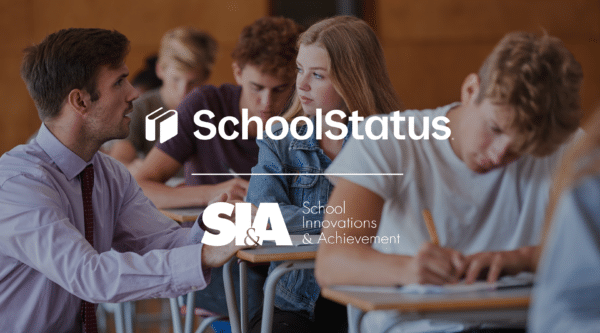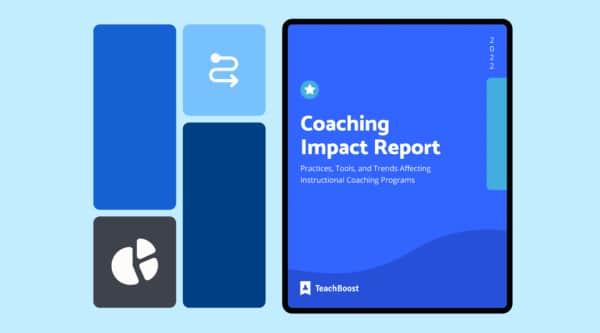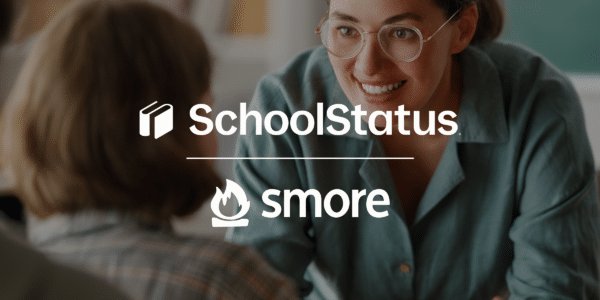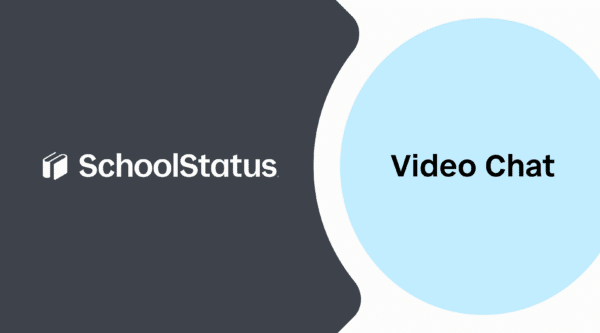


Kendra Murphy, Innovation Specialist and Learning Designer with Charleston County School District in Charleston, South Carolina, provides four key phases of implementation when rolling out classroom technology within a school.
I
n recent years, discussions around technology in classrooms have become as ubiquitous as notebooks and hall passes. Teachers, districts, and families are all curious—and often left confused—about how mobile devices, smart panels, and other technologies integrate into our modern classrooms. Similarly, while most people l encounter can see the benefits that these devices offer, they’re unsure of how that promise becomes practice.
I’ve seen many unfortunate situations where a number of devices are procured for a teacher (yay!), wheeled into the classroom, and then the teacher is sometimes—if they’re lucky—given a one-hour training in a “getting started” style just before being left to fend for themselves. Teaching is hard enough! Dumping devices on a teacher and expecting miracles on top of the work they’re already doing doesn’t set them up for success. In cases like these, the devices end up being a hindrance or a distraction and, ultimately, something people view as only a gaming device for rewards, rather than the learning tool they’re meant to be.
Phases of Implementation
When rolling out technology within schools, it’s important to realize it doesn’t happen overnight, or without roadblocks along the way. However, with the right preparation and a team of devoted staff for support, technology can become a means of improving practice within the classroom.
Planning
When planning for device deployments of any kind, involving teachers in the process and being prepared for “big” changes is critical. Optimally, when developing a plan for success, consider quality learning opportunities for teachers before they receive their devices through classroom procedures, digital citizenship, workflow, and device management. By supporting teachers in building a solid understanding of the logistics for using devices instructionally, they’ll be more willing to take risks with their lessons.
Blended Learning
After the initial logistical steps are complete, your next step might be sharing instructional approaches that compliment technology use, with the focus being on the instruction. Educational technology is another tool that a teacher has access to—like a pack of markers or a notebook—and this shouldn’t be the end goal for the school. Technology is there to help students learn while they’re engaged in their learning.
One such approach that has been beneficial in my work is Blended Learning. The focus on Blended Learning is engaging students in learning content and utilizing technology to support teachers in growing as an effective educator. The part of Blended Learning that I most connect with is its flexibility. For example, if I have 20 teachers working on Blended Learning in their classrooms, it will look different for each one. There are many different models that make it easy to personalize blended learning to meet the needs of both the students and the teachers. Personally, I love empowering teachers to drive the instruction and shape what the process looks like—Blended Learning has initiated this opportunity for many of my teachers.
Supporting the Culture
In addition to having quality professional development in place for teachers, building a culture of collaboration with other teachers can lead to successful outcomes. When teachers are taking risks in their classroom, having a network of other teachers in similar positions can take a lot of the fear out of those risks. As a coach, or even an instructor, you will want to be mindful of building opportunities for teachers to build a personal learning network (virtually and/or face to face) to make meaningful connections. We want teachers to feel support from us as coaches, but also by their colleagues. When it comes down to it, the teachers are really the experts in this work; we can ask questions and guide them, but they’re the ones with the actual experience.
Final Key to Success: Coaches
Finally, the most important piece in developing teachers who are confident and competent with technology is a coach. Not just any coach, but one that works to build a solid, multi-year relationship with teachers and teams. We all know that it takes time and effort to build the kind of relationship that enables people to be vulnerable with teaching, which is often feels very personal. As a coach, you want to start early in the year and be that support for the teacher. As you build your relationship and reiterate your mission is to be a support—not an evaluator—the teacher can try new things and begin to see small failures as part of the process, rather than the end of the line.
Lastly, another benefit of having a technology coach is that schools can build capacity not only in basic support, but also in viewing technology as a valid learning tool to supporting instruction.
About our Guest Blogger
Kendra Murphy holds a master’s degree from George Mason University and is currently an Innovation Specialist and Learning Designer with Charleston County School District in Charleston, South Carolina. Kendra is a Google Certified Trainer and uses those skills to instruct teachers in courses on a variety of technology and instruction topics. Additionally, Kendra is also a professor at the College of Charleston and has written and facilitated several courses.
With an innate love of learning, Kendra continually works to enhance her practice, primarily through expanding her PLN on Twitter. She is a co-founder and co-host and the weekly education-focused #NoVAedChat. Kendra also records 2 Tech Coaches & A Microphone, an education-focused Podcast. Kendra has been privileged to present at various national conferences, as well as being a founder of #EdCampNoVA.
Follow Kendra on Twitter @TechinTeaching or check out her website!
{{cta(‘352a410e-db79-4f33-a482-d301e8041965′,’justifycenter’)}}
Stay Connected
News, articles, and tips for meeting your district's goals - delivered to your inbox.








